What's behind the 13-day streak of tornadoes
The barrage of tornadoes started on May 17.
As Ohio Gov. Mike DeWine toured areas of his state ravaged by tornadoes, he said his memory raced back 45 years to a massive twister that ripped through the Dayton suburb of Xenia, killing 32 people.
DeWine said this week's tornadoes, which wrecked homes and downed powerlines and trees, was a stark reminder of what he and his wife, Fran, experienced in 1974.
"This is very personal," DeWine told reporters on Tuesday in the hard-hit town of Celina, where at least 40 homes were destroyed or damaged and an 81-year-old man was killed when an EF3 twister touched down and swirled havoc. "Fran and I went through the Xenia tornado. We had friends who lost homes, friends who almost died. I was a young assistant prosecutor helping to clean up some of our friends' places. So we understand."
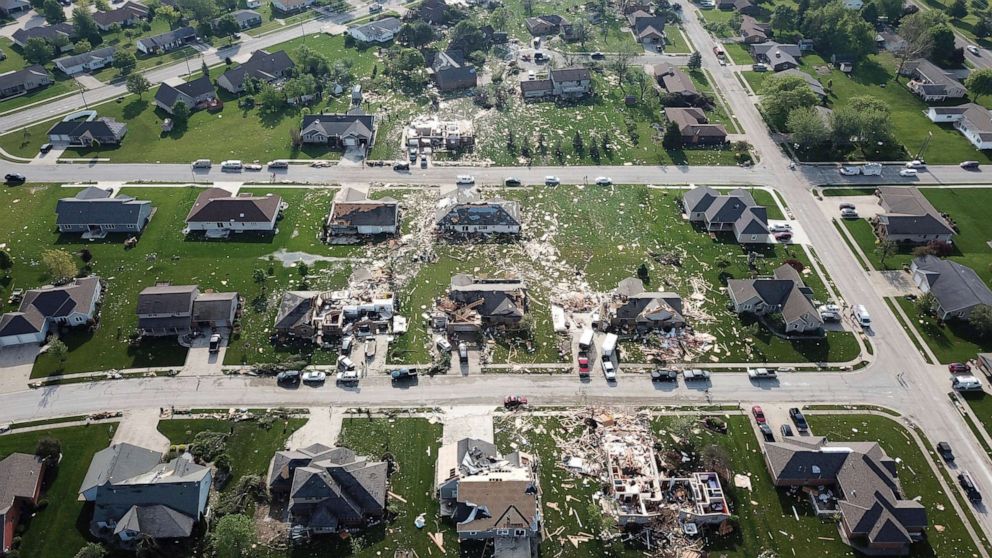
But even DeWine said he was shocked by the damage he saw this week in Ohio and dismayed by the relentless barrage of twisters popping up across the country over the past month.
Wednesday marked the 13th consecutive day in which eight tornadoes or more were reported in the United States, according to the National Oceanic and Atmospheric Administration.
The current streak started on May 17 when tornadoes were reported in Kansas, Texas, Nebraska and Oklahoma. Since then, more than 350 tornadoes have been reported in 22 states, according to NOAA.
The average number of tornadoes for May in the United States is 276, according to NOAA.
The National Weather Service confirmed Wednesday that a tornado hit Stanhope, New Jersey, and parts of neighboring Hopatcong on Tuesday night, knocking down trees and powerlines. The twister, according to the NWS, was rated an EF1 on the Enhanced Fujita scale, meaning it generated winds of at least 86 miles per hour.

The weather service also confirmed that an EF2 twister with winds of at least 111 miles per hour tore through Berks County, Pennsylvania, on Tuesday night, causing damage in Caernarvon Township and Morgantown.
Bill Bunting, chief of forecast operations for the NOAA Storm Prediction Center, described the battery of tornadoes as "rare."
"We occasionally see these episodes where the atmosphere gets stuck in neutral and the large-scale pattern remains the same for several days, even beyond a week or two, and this, unfortunately, is the result," Bunting told ABC News on Wednesday.
More than 500 tornadoes have been reported across the country in the past 30 days, he said.
"That's only happened four other times going back to 1950," said Bunting.
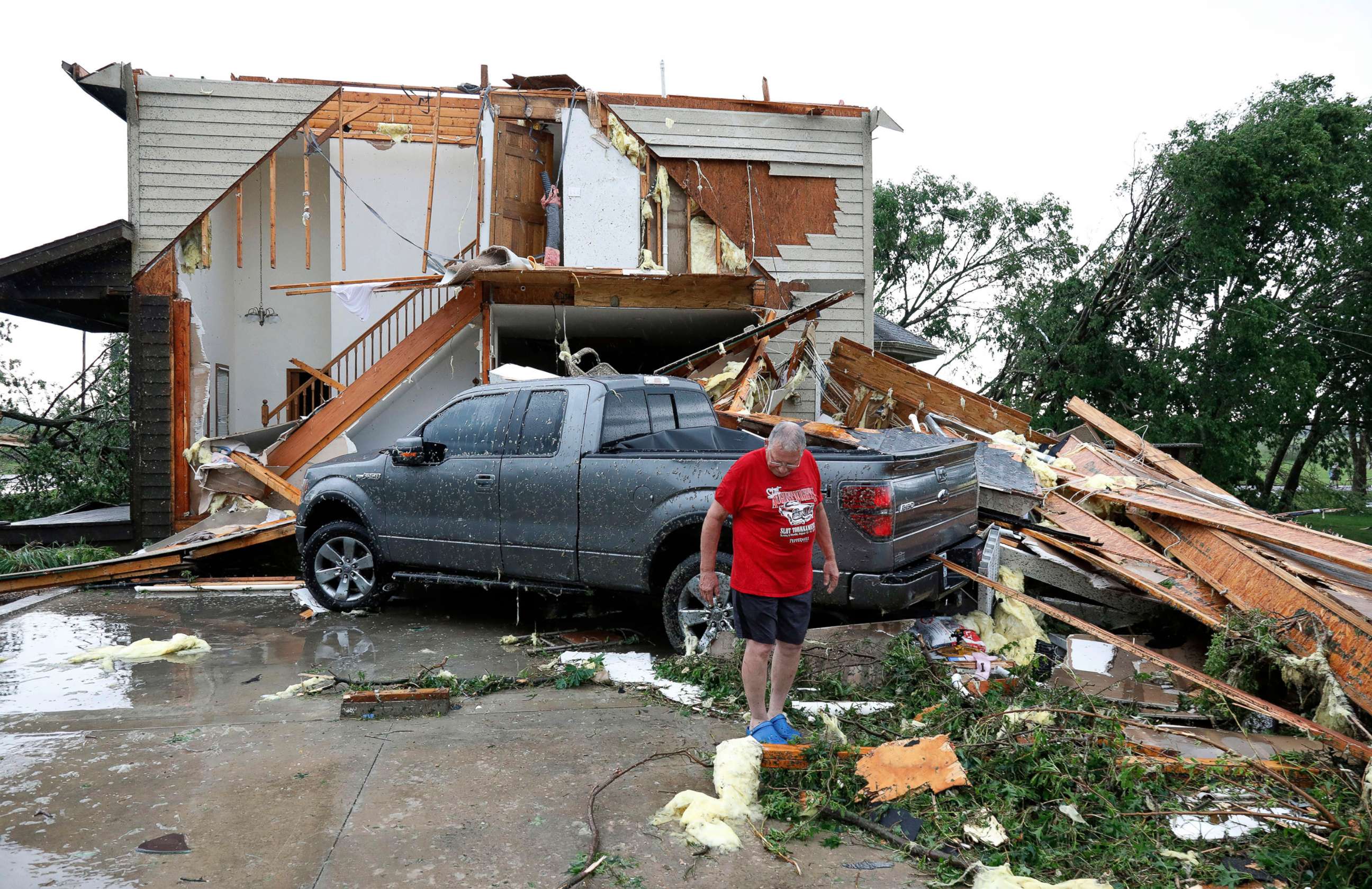
"Vertical shear" -- when warm, moist air comes up from the Gulf of Mexico with cold temperatures above it -- is spawning these tornadoes, according to Bunting.
"Typically we look for winds that start down near the ground with a southerly direction and as you go up 5,000, 10,000, 15,000, 20,000 feet they veer more westerly and they increase in speed," Bunting said. "And when you have those types of wind profiles you have ideal conditions for storms that begin to rotate. Roughly 10 to 20 percent of all storms that rotate actually produce a tornado."
Those conditions were prime on Saturday, when a cavalcade of tornadoes was reported, including one that slammed the Oklahoma City suburb of El Reno in the middle of the night, killing two people, injuring 29 others, some critically, and wiping out a hotel, a mobile-home park, and several other buildings in just four minutes.
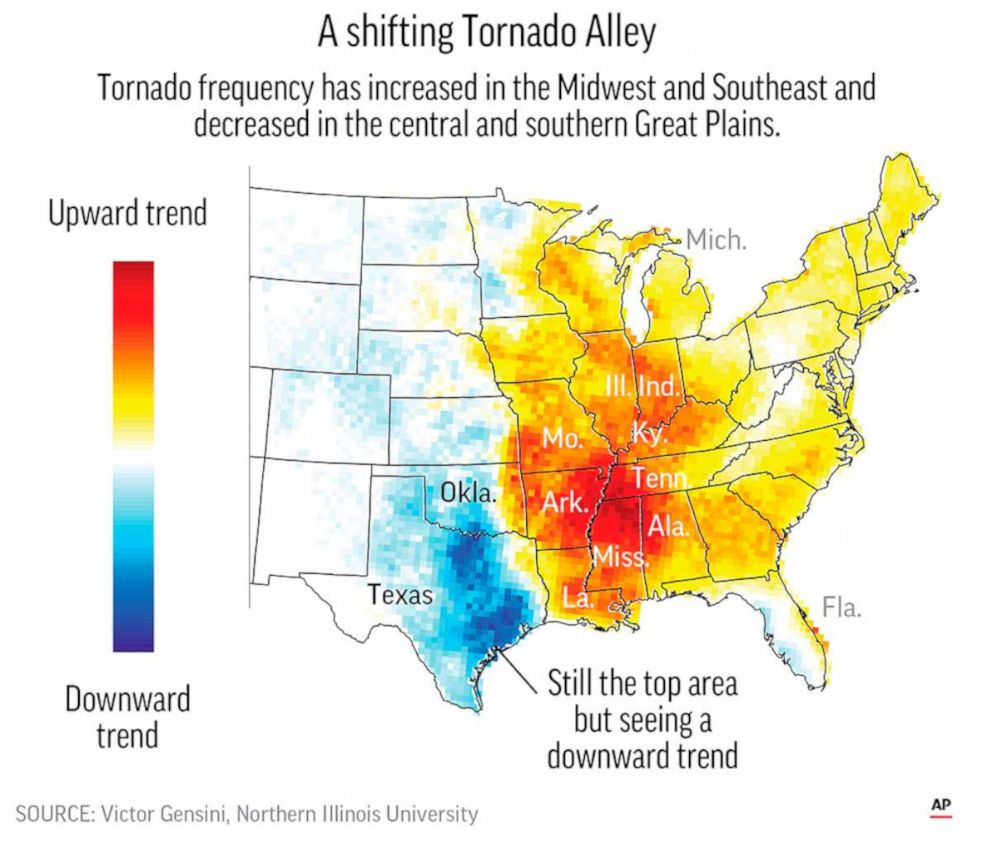
Preston Black said the El Reno twister showed him the power of severe weather up close and literally turned his world upside down.
"Everything just exploded," Black told ABC affiliate KOCO-TV in Oklahoma City. "Felt like I was getting buried alive, things collapsing on top of me."
Black said he was in his residence at the Sky View mobile-home park in El Reno with his wife, parents and six children when a twister, rated by the National Weather Service as an EF3, struck with winds of up to 140 miles per hour.
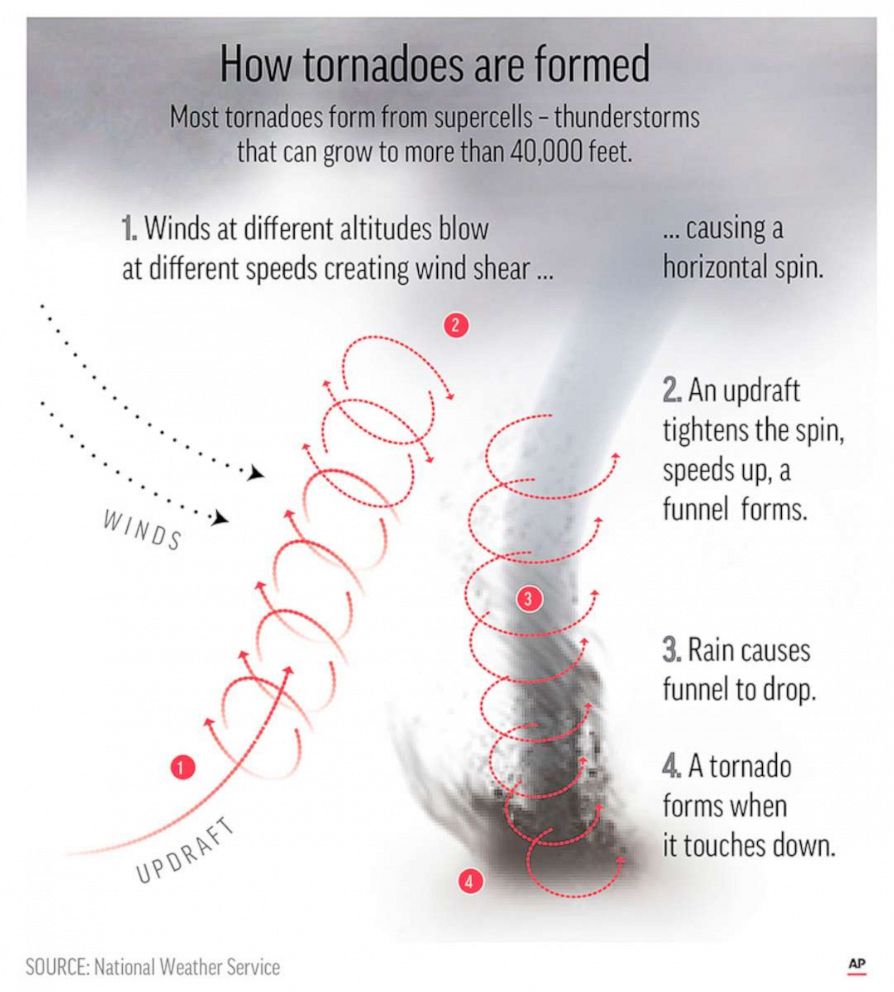
He said his wife, Lena, was buried in debris and he had to dig her out.
"To see her like that ... it was awful. The worst thing I could ever see," Black said.
He said his wife's pelvis was broken while he suffered broken ribs, a collapsed lung and a fractured shoulder. He said his children and parents survived with just scrapes and bruises.
On Memorial Day, multiple tornadoes were reported, including the three EF3 vortexes that touched down in the Dayton, Ohio, area.
"I think what's unique about this is that the large scale [severe weather] pattern has changed very little. It's been many of the same areas day after day," Bunting said. "In 2011, we had events in different areas, the Southeast, the Mid-Atlantic, the Southern Plaines, also in parts of the lower Missouri Valley."
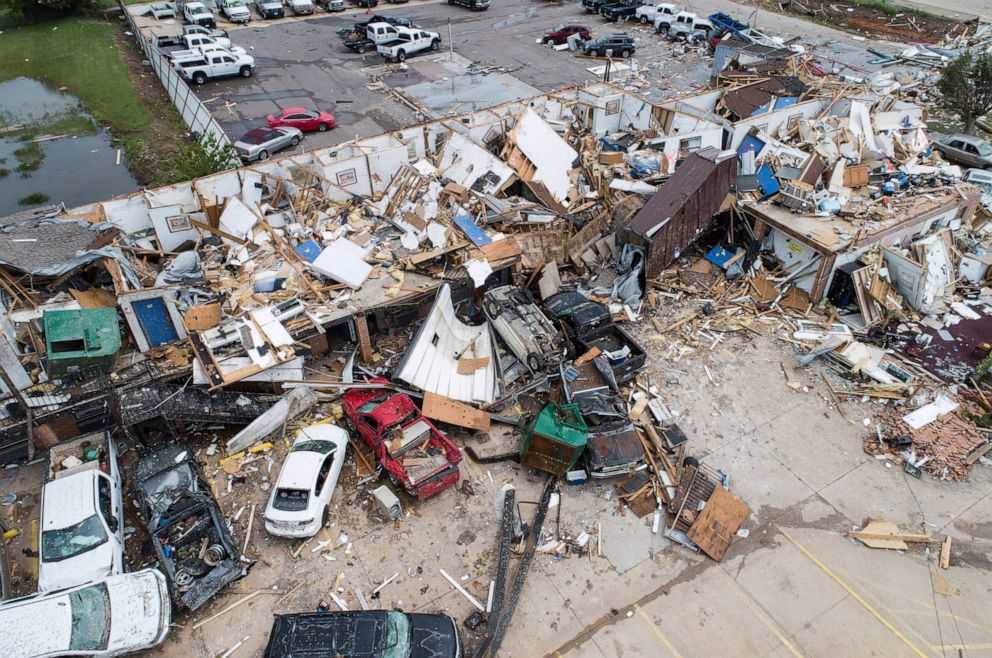
And the wicked weather is not over. On Wednesday, the National Weather Service issued a new tornado watch for Arkansas and North Texas, including Dallas and Fort Worth.
A tornado watch was also issued in parts of Pennsylvania, New Jersey, Delaware and Maryland.
In addition to tornadoes, torrential rain has caused historic flooding in Sands Springs, Oklahoma, where hundreds of homes were swamped when Arkansas River overflowed.
But Bunting said there appears to be good news on the horizon. He said a ridge of high pressure is developing over the central states and will likely push the strong winds that have fueled the tornadoes to the north.
"In terms of day after day with very intense severe storms over the same areas, I think that will, a least in the short term, break that pattern," Bunting said.




